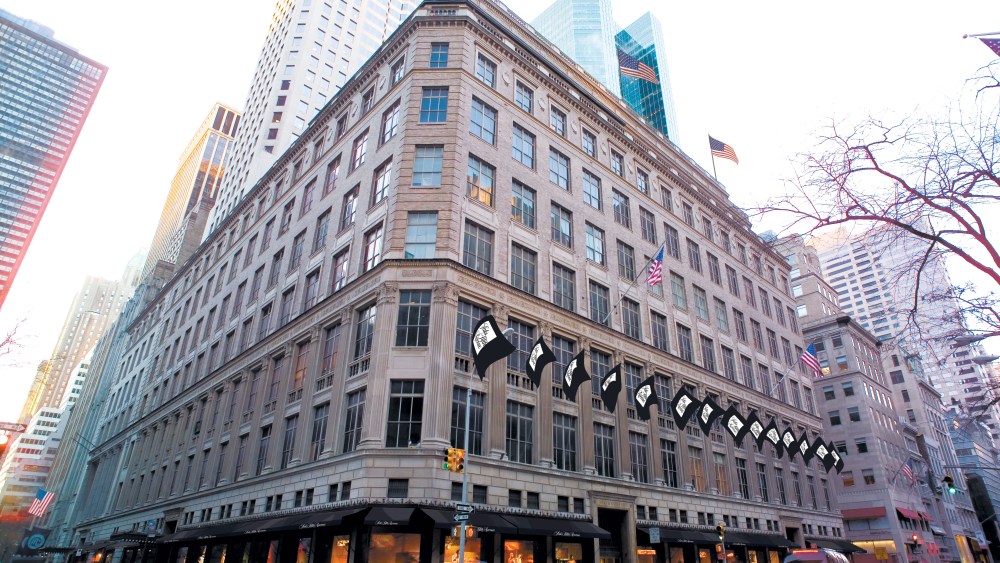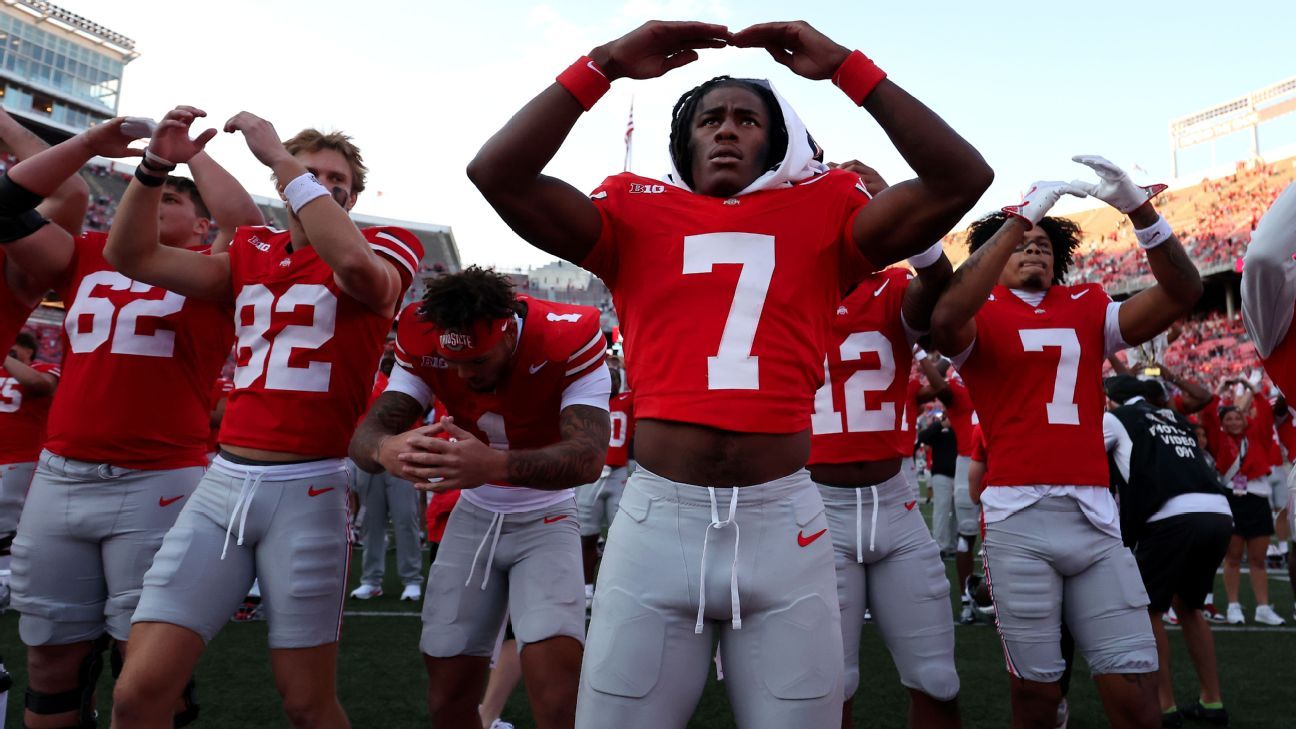
Business across the luxury landscape is tough and Saks Global is feeling it.
On Thursday, Saks Global released its first-quarter figures, indicating declines on both the top and bottom lines, though executives said the performance was better than expected.
The net loss for the period ended May 3 was $232 million, up from $184 million in the prior-year period, which did not include the Neiman Marcus Group. On a combined basis, the year-ago net loss tallied $168 million.
Adjusted earnings before interest taxes depreciation and amortization, or EBITDA, was $13 million for the first quarter and compared to a loss of $1 million a year earlier, excluding NMG.
Revenue was $1.6 billion for consolidated Saks Global compared to $900 million in the first quarter of fiscal 2024, which does not include NMG. On a combined basis, the year-ago revenue totaled $1.9 billion.
The company planned very conservatively, is still working to improve inventory flow and its executives have been immersed in consolidation and integration efforts associated with December’s $2.7 billion acquisition of the Neiman Marcus Group. To some degree, all of that distracted from what would be normal day-to-day business functions.

Neiman Marcus in downtown Dallas.
While inventory receipts trends improved in the back half of the first quarter, revenues were still impacted by inventory availability that was below optimum levels. Saks Global buyers have been working to repair relationships with many vendors, after seasons of missed payments on receipts.
“Across Saks Global, we are making solid strides in executing on the transformation of our business. Our first-quarter results came in slightly better than expected, as we had planned for continued inventory pressures, short-term effects of our integration work and more cautious spending by core luxury consumers,” said Marc Metrick, chief executive officer of Saks Global, in a statement Thursday, when he and other Saks Global had a conference call with bondholders to discuss the results.
“Even as our momentum builds, we know there is more to do, and as we move through the second quarter and into the back half of fiscal 2025, we are investing in our inventory to meet demand and reflect the newness that will excite our customers,” Metrick said. “To maximize the top-line potential this offers, we are laser-focused on leveraging our unparalleled data set and reach as the preeminent multibrand luxury retailer in the U.S. At the same time, we continue to work aggressively and deliberately to capture synergies from the strategic integration of our business, and we remain on track to reach our accelerated annualized cost reduction target of $600 million over the next few years.”
The CEO added: “Looking ahead, as we continue to strengthen our collaboration with our brand partners, take full advantage of our unique ability to engage luxury customers, and execute on our integration, we are confident in our ability to deliver improved and sustainable financial performance.”
Gross merchandise value for consolidated Saks Global was $2 billion in the first quarter, compared with $1.2 billion a year earlier. On a combined basis, GMV in the first quarter of fiscal 2024 was $2.3 billion.
The gross profit margin came in at 44 percent of revenues, 160 basis points higher than the prior year period, which the company said was driven by improved full-price selling and inventory position following the acquisition of NMG. On a combined basis, gross profit margin in the first quarter of fiscal year 2024 was 44 percent of revenues.
Selling, general and administrative expenses rose to 46 percent of revenues, up approximately 120 basis points from a year earlier, driven by higher initial costs following the acquisition of NMG and the deleveraging of fixed expenses as a percentage of revenues. On a combined basis, SG&A in the first quarter of fiscal year 2024 was approximately 41 percent of revenues.
Through synergies and consolidations, management expects to reduce costs by $600 million on an annual basis in the next few years.
In a letter to vendors this week, a copy of which was attained by WWD from a source, Metrick wrote: “As we shared last month, we have secured up to $600 million in new financing commitments, $300 million of which is already funded. The bond exchange, which is the next step with respect to the balance of the financing, is expected to be completed in August. This comprehensive financing package meaningfully enhances our liquidity and strengthens our financial position for the long term. Please be assured, we remain committed to meeting our financial obligations to our partners as we had outlined in February.”
Saks said that, pro forma for the transaction, total available liquidity as of June 27, would have been approximately $850 million. Shortly after that the company made a $120 million interest payment on bonds and was due to start making good on its past-due bills.
Total debt for the Saks Global credit group, excluding Saks Off 5th, at the end of the quarter in May was $4.4 billion, including approximately $1.1 billion in borrowings under the company’s ABL, $2.2 billion senior secured notes due 2029 and the $1.25 billion non-recourse mortgage on the Saks Fifth Avenue flagship.
Saks Global now has a set of fresh eyes on all this financial complexity.
On Wednesday, the company named Brandy Richardson as its next chief financial officer, a crucial role in light of the luxury retailer’s recent financial pivots and efforts to assure creditors and vendors that it’s now on firmer financial footing. She succeeds interim CFO Mark Weinsten. Richardson has spent the majority of her career at the Neiman Marcus Group where she held several finance leadership roles of increasing responsibility over her 15-year tenure there, though she most recently worked at Tailored Brands Inc.
Although Saks has been slow to pay vendors over the last couple of years, it has lately been said to be making payments to many vendors per its new schedule announced in February. The company is also in the process of making good on past-due bills from last year. Specifically, Saks notified brand partners that effective March 1, 2025, vendors will be paid 90 days from receipt of inventory and that all past-due balances will be paid in 12 monthly installments beginning this month.
Vendors are not happy with the 90-day payment schedule, which is very rare in the industry and makes it more challenging for many brands and designers to sustain operations. WWD continues to hear from some vendors indicating that Saks has begun making good on its promises to fulfill payment obligations per its new payment schedule, as well as other vendors who are still to see money owed from unpaid bills.
#Saks #Global #Posts #Top #Bottom #Line #Declines








